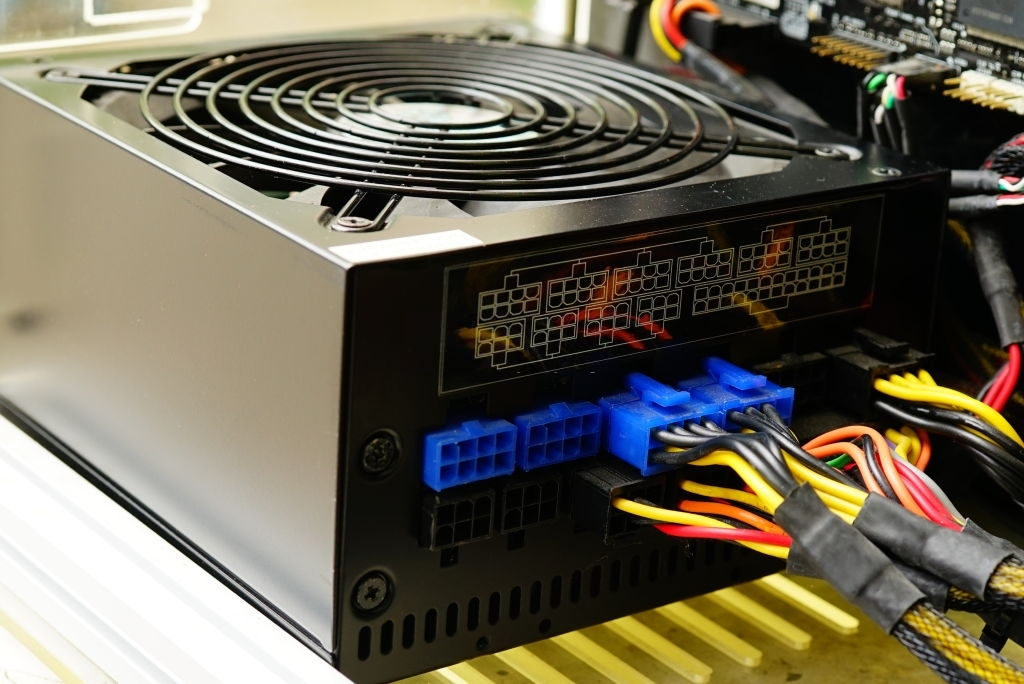A high-end power supply unit comes in many different forms, with a great range of different output parameters that enable them to be used for a great number of different functions. Whether you use them for business IT or home use, it is worth understanding the fundamental elements of what differentiates the basic home supply with a higher end product like a programmable or DIN rail power supply. First of all let’s take a look at the main characteristics.
A regulated supply takes electrical power from its source e.g. mains, generator or battery, and, as is self-evident from the name, regulates this, principally in terms of voltage or current, providing, for example, a ‘transformer’ or ‘step up/step down’ function. This is why the power unit is often referred to as the heart of a piece equipment, be it computer or Hi-Fi, and why it is so important to ensure that it is both safe and reliable and will have a long life.
The output parameters must be closely controlled and consistent. Similarly important for many other tasks, including laser surgery, magnetic resonance imaging scanning, oil well logging, particle physics research and electroplating, is a programmable power supply. This is a way of providing different output parameters, but the need for control and consistency is still paramount.
This supply consists of current/voltage programming circuits, current/voltage read-back circuits, current shunts and a processor. The supply might also include overvoltage, overcurrent and short circuit protection as well as temperature compensation. Remote control of the supply may be through a variety of interfaces such as a GPIB (General Purpose Interface Bus), RS232, ethernet, can bus and profi buses or an analogue input signal. In this way it is possible to control current, voltage and, for AC output suppliers, frequency.
If AC output is desired, it can be either single-phase, generally used for low-voltage supplies, or three-phase, principally for high-voltage power supplies. The power suppliers can be wall mounted, board mount power supplies, floor mounted, bench top or modular. A typical bench variable-switching DC unit specifications could be voltage: 0-10V/500V, current: 0-600mA/105A, power:350W-1KW.
And with such a variety of options it is easy to see why these power supplies have become so important in automotive, semiconductor and component industries, especially in the production of test systems. The programmable version, like the regulated power supply, is still at the heart of whatever function it is involved in.
